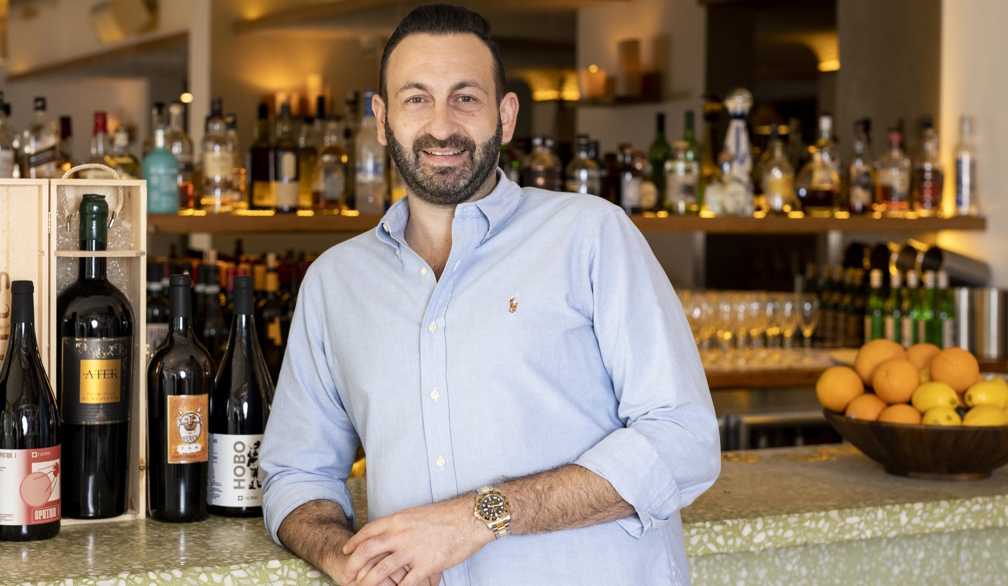Overcoming inflation: Creating a pricing strategy for your restaurant's menu
- Written by Paul Hadida, General Manager APAC at SevenRooms

As inflation continues to hit business budgets across Australia, restaurants are grappling with escalating operating costs by raising menu prices. According to Australian Bureau of Statistics data released in January, the cost of meals away-from-home and takeaways increased 7.3% in December on an annualised quarterly basis, while the cost of fresh produce - such as bread, fruit and vegetables, seafood, meat and nonalcoholic beverages - was up 9.2%.
This poses major questions for hospitality businesses, and specifically whether to increase menu prices or absorb the costs. If you've been changing your menu prices without a clear plan or have not adjusted them at all, it may be necessary to develop a formal menu pricing strategy to ensure that your restaurant remains profitable.
The importance of menu pricing strategies
Although hospitality, food and service is the focus and purpose of a restaurant, it is important to remember that a restaurant is a business. Businesses need to evolve, make difficult decisions and ensure they’re financially sustainable. Decisions based on intuition or old procedures will not suffice, particularly as economic pressures increase. As a result, while deciding menu prices, restaurant operators must rely on data to ensure profitability for each menu item.
Profit margins in the restaurant industry are notoriously low, ranging from three to five per cent for full-service restaurants and six to nine for quick-service outlets. If you don’t regularly assess your prices, those profit margins could tighten to unsustainable margins. Creating a menu price strategy can assist restaurants in either increasing their margins to grow or to understand how to alleviate the impact of inflation without over-burdening customers with significant hikes.
Calculate menu prices
There are various options to set menu prices, but the food cost percentage strategy is a good place to start because it ensures a profit on each item. Begin by calculating the cost of each item or beverage in your restaurant using your inventory management or POS system. Divide the bulk of the costs for the raw materials in each dish by the number of servings you can make out of it to calculate the cost of goods sold (COGS) per serving. To calculate cost per plate, add the cost per serving for each ingredient.
After you've determined your food prices, understand your non-food overhead expenditures, which include labour, rent, utilities, and other expenses. To get an estimate, consult your balance sheet or POS records. Food cost percentage (FCP) indicates how much dishes cost your restaurant to make relative to how much you sell them for. To calculate - and, therefore, understand whether you’re earning a profit on items sold - add up your non-food operating costs, divide that figure by your sales, subtract the result from one, then multiply that figure by 100. Depending on the type of establishment, the average food expense percentage is between 25% and 40%. These processes provide indicative answers, but there are other factors to consider before determining whether or not to increase prices, and by how much.
Factors influencing menu pricing
Think of your competition. How you distinguish your restaurant from others can influence how much you can charge. If your competitors are charging higher pricing for comparable menu items, you may be allowed to raise your prices as well. For example, you don’t want to be the only venue either increasing prices or absorbing the costs of inflation yourself. Then there’s demand. If your restaurant is popular, you may be able to increase your prices by a small amount because you have high customer retention.
Most important, though, is experience. Customers are still happy to pay to visit local venues if they consider the experience is worth it. SevenRooms research found that four in five Australians believe local restaurants, bars, hotels and cafes need their support more than ever. They also said, irrespective of the macro economic trends, they’re more likely to visit venues that offer exceptional and personalised experiences. So whatever you decide to do with your prices, focus on providing a meaningful, personalised experience, too.
This is what drives loyalty, and loyalty is what helps you alleviate the impact of inflationary pressures. When analysing the impact of inflation and setting your menu, use data to understand how to set your prices, and meaningful relationships and exceptional experiences to drive loyalty in any situation. Doing so isn’t just important now, as venues understand how to navigate the impact of inflation without absorbing unsustainable costs or overburdening customers. It’s important longer-term, as venues seek to drive growth and stand out, whatever the future has in store for them.







